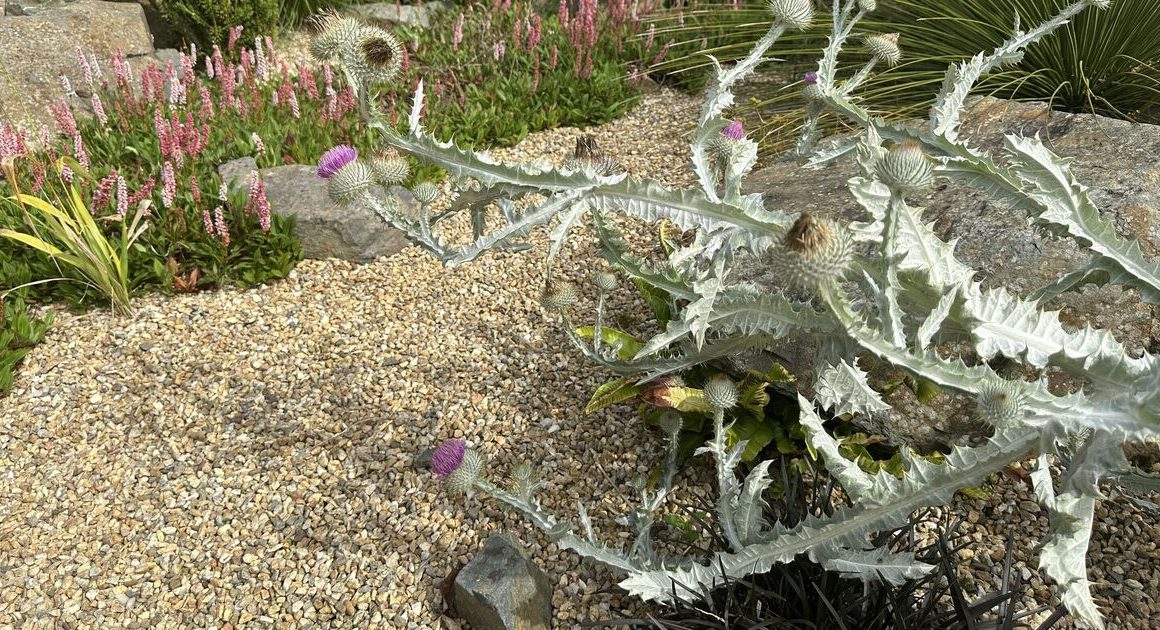Lavender is not only beautiful but practical to grow in gardens as its sweet scent is known to keep pests away – plus it is an easy plant to maintain if you remember to do one simple task.
Monty Don, a popular gardener best known from Gardeners’ World, has shared that lavender needs to be pruned now in order to get healthier flowers next year.
On his website, Monty said: “To avoid woody, leggy plants, lavender should be pruned every year. The best time to do this is as soon as the flowers start to fade, which, depending on the variety, can be any time between midsummer and the end of August.
“But do not wait for the seed heads to form or the flowers to turn brown as you want to allow the maximum amount of time for regrowth before winter.”
Cutting back lavender at the right time stops them from wasting energy on dying flowers and instead stimulates new growth which can lead to bigger blooms during the next growing season.
If lavender is not pruned, then the plant risks becoming top-heavy, which means it will be more vulnerable to damage from ice once the weather gets colder and the plant is also less likely to produce flowers.
It is best to prune lavender in late August so the plant has lots of time to recover and harden. Gardeners will then have a stronger plant before winter begins.
How to prune lavender to encourage more blooms next year
Pruning lavender is very easy and will likely only take between 10 and 20 minutes.
All you need is a pair of clean and sharp gardening shears as well as gloves to avoid being scratched by the lavender wood.
To begin, cut back dead or damaged flowering stems and leggy growth but make sure not to cut off more than one-third of the plant’s height.
Avoid cutting into the low woody stems at the base of the plant as it can be difficult for lavender to regrow on old wood. It will have a bark-like texture and typically be a darker colour than the green stems higher up the plant.
Aim to create a round and mounded shape while cutting as it will help prevent the plant from becoming too woody and tangled as it continues to grow.
Monty said: “Cut back hard to a good compact shape but be sure to leave some new shoots on each stem – lavender will often not regrow from bare wood. These new shoots will grow fast and provide an attractive and healthy cover to protect the plant in winter and provide the basis of next year’s display.”
Once you are done pruning, make sure you pick up any cuttings from the ground and place them in the bin as rotting material can attract pests and fungal diseases.
Give the lavender a light watering after pruning and your plant will likely produce even more abundant blooms when it flowers next year.










